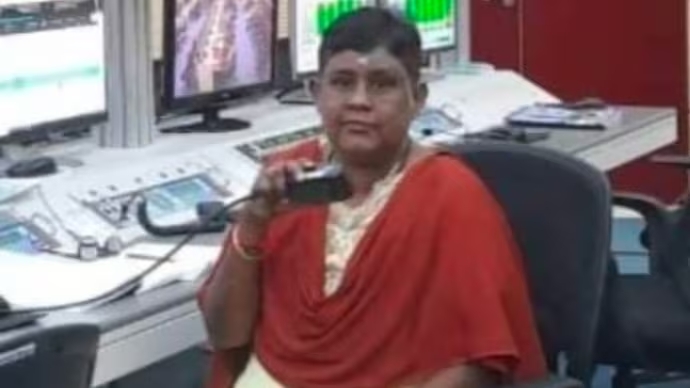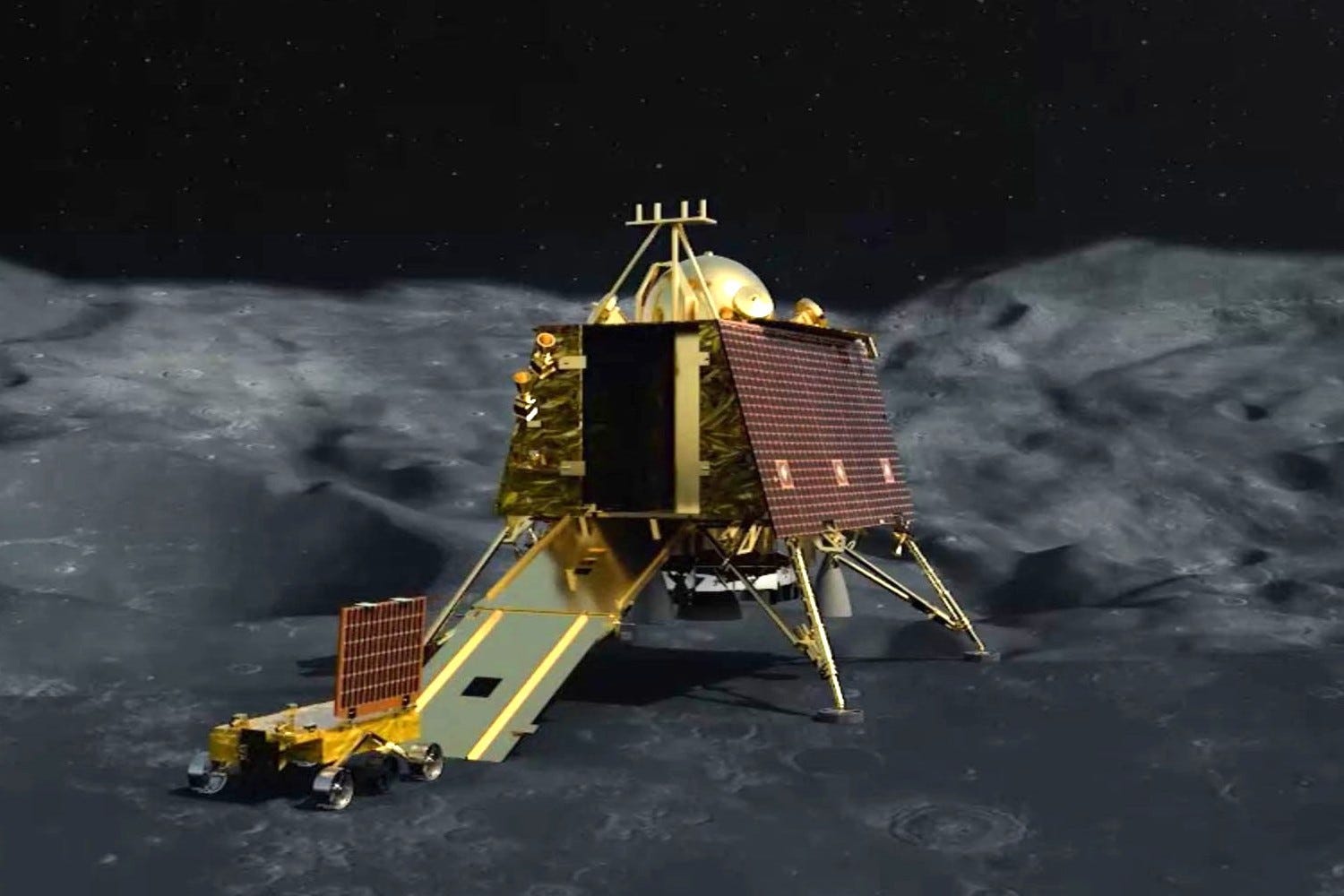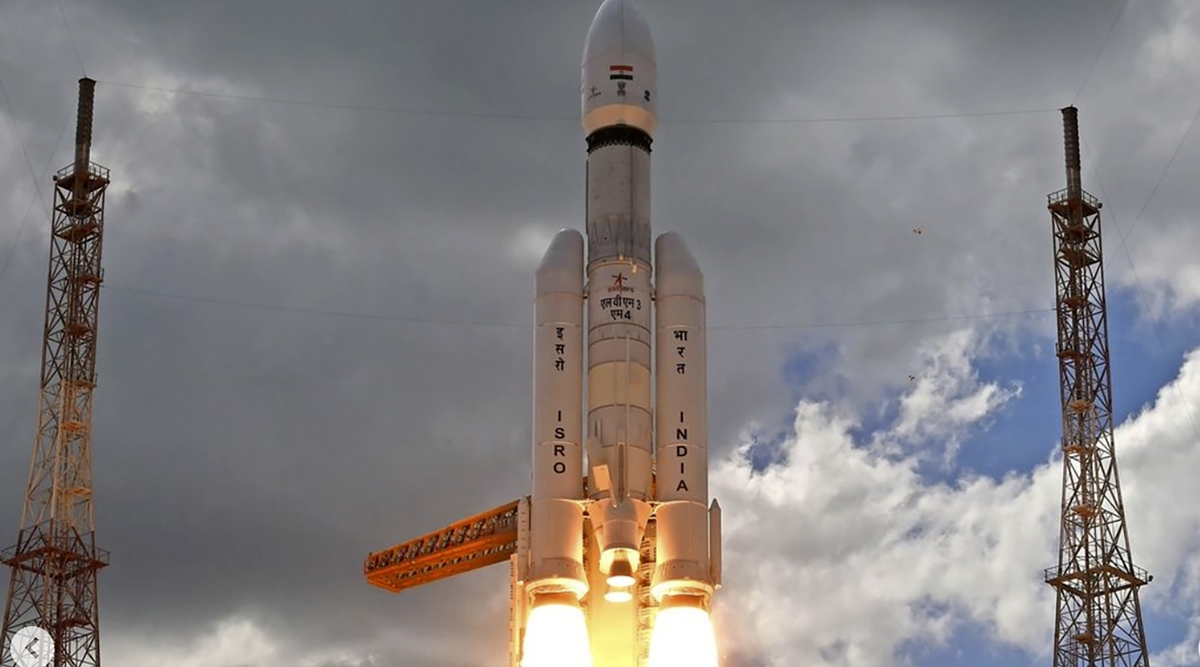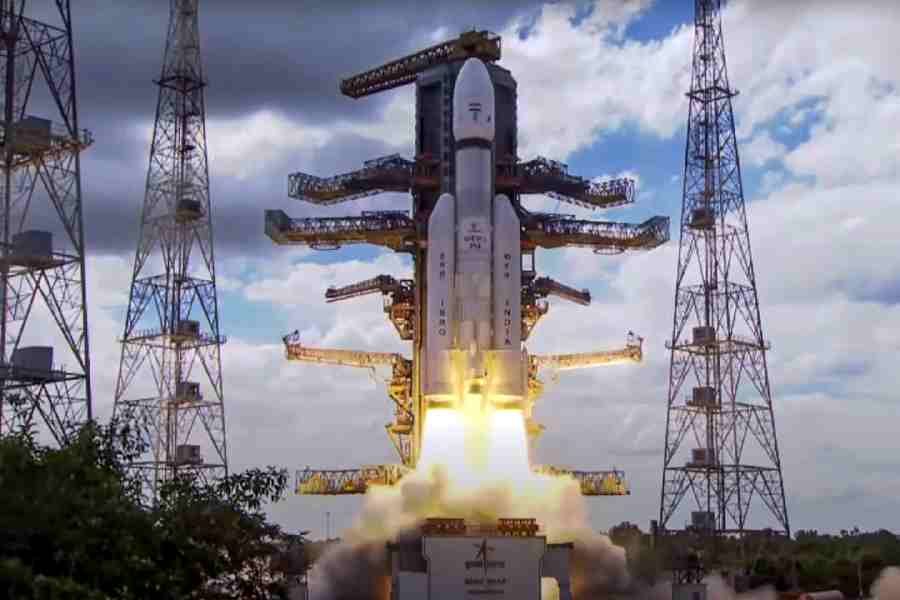ISRO Mourns Loss of Scientist: Voice Behind Chandrayaan-3 Launch Countdown Passes Away

ISRO Mourns Loss of Scientist: Voice Behind Chandrayaan-3 Launch Countdown Passes Away
Valarmathi’s role in lending her voice to countdowns was symbolic of ISRO’s dedication and precision in its space missions. Her voice became synonymous with the anticipation and excitement of rocket launches, marking the beginning of journeys to space. Her sudden passing is a loss not only to ISRO but also to the broader space community, as her contributions were a part of the shared excitement that space exploration brings to humanity.
Chandrayaan-3‘s successful launch and landing on the Moon was a remarkable achievement for ISRO, and Valarmathi’s voice will forever be associated with that historic moment. Her legacy lives on through ISRO’s continued endeavors in space exploration and scientific discovery.
The successful landing of Chandrayaan-3’s Lander Module on the lunar surface marked a significant milestone for India and ISRO. It demonstrated the country’s capability to achieve precise lunar landings and explore the uncharted south pole of the Moon, an area of great scientific interest. Chandrayaan-3’s mission was a testament to India’s commitment to space exploration and scientific advancement, and it opened up new opportunities for lunar research and discoveries.

Valarmathi’s voice during the countdown announcement added to the historic nature of the mission, and her contribution will be remembered as part of this remarkable achievement.
ISRO’s decision to put the Pragyan rover to sleep is part of a planned operational strategy. By temporarily shutting down the rover, ISRO can conserve power and resources during the lunar night when temperatures plummet drastically. Lunar nights can last for about 14 Earth days, and during this period, the rover’s instruments and systems would be at risk of freezing or sustaining damage. By putting Pragyan into a hibernation-like state, ISRO can ensure its longevity and functionality for future lunar exploration once the lunar day begins and conditions become more favorable.
This approach allows ISRO to maximize the rover’s operational time on the lunar surface and continue its scientific investigations once it awakens from its slumber. It’s a well-thought-out strategy to ensure the success of the Chandrayaan-3 mission and gather valuable data from the Moon’s uncharted south pole.

Turning off the payloads on the Pragyan rover is another part of ISRO’s strategy to conserve power and resources during the lunar night. Both the Alpha Particle X-ray Spectrometer (APXS) and the Laser Induced Breakdown Spectroscope (LIBS) are scientific instruments used to analyze and study the composition of lunar soil and rocks.
During the lunar night, the rover is not exposed to sunlight, which means its solar panels cannot generate power. To prevent the instruments from becoming too cold and non-operational during this period, ISRO shuts them down. Once the lunar day begins, and the rover’s solar panels can harness sunlight, the instruments can be powered on again to resume their scientific investigations.
This approach ensures that the rover’s instruments remain functional and ready for data collection when the lunar conditions are suitable, maximizing the scientific output of the Chandrayaan-3 mission.

The Pragyan rover and Vikram lander were part of ISRO’s Chandrayaan-3 mission, which aimed to explore the lunar surface and gather important scientific data. The Alpha Particle X-ray Spectrometer (APXS) and the Laser Induced Breakdown Spectroscope (LIBS) payloads on the Pragyan rover played a crucial role in this mission.
The APXS is used to determine the elemental composition of lunar soil and rocks by bombarding them with alpha particles and analyzing the X-rays emitted in response. This helps scientists understand the types and amounts of elements present on the Moon.
On the other hand, the LIBS instrument uses lasers to create a plasma from the lunar surface, and the light emitted by the plasma is analyzed to identify the elements and minerals in the soil and rocks. This provides valuable information about the lunar geology and history.

By working together, the rover and lander contributed to advancing our knowledge of the Moon’s composition and geological characteristics, enhancing our understanding of Earth’s natural satellite.
If the Pragyan rover is unable to awaken after being put to sleep, it will remain on the Moon’s surface as a permanent fixture. This is not uncommon in lunar missions, as many rovers and landers from various countries have been left on the Moon after completing their missions. These robotic explorers become historical artifacts and, in a way, serve as ambassadors of human exploration on the lunar surface. Their scientific instruments and data continue to contribute to our understanding of the Moon and its geological characteristics, even if they are no longer operational.




